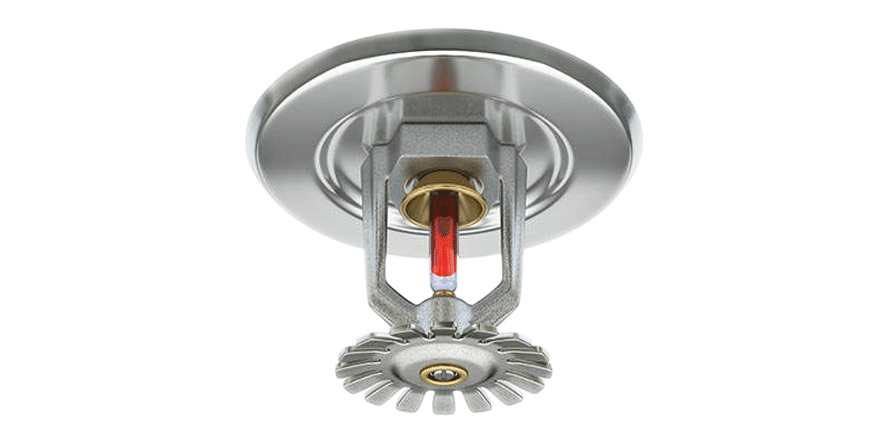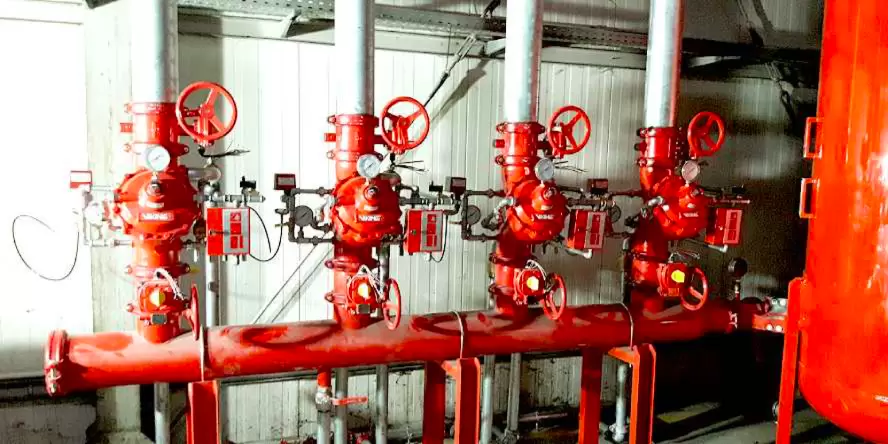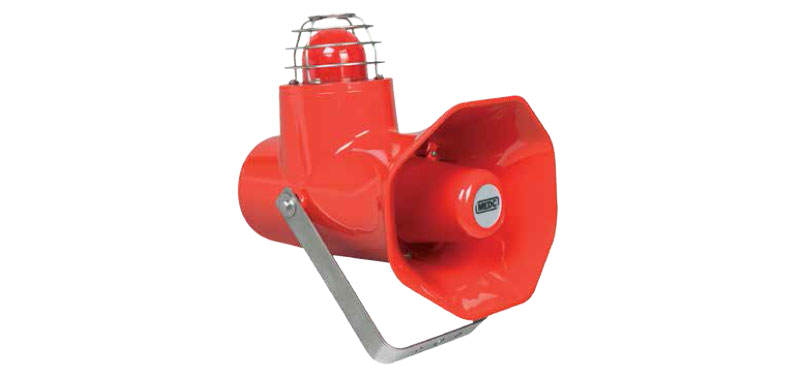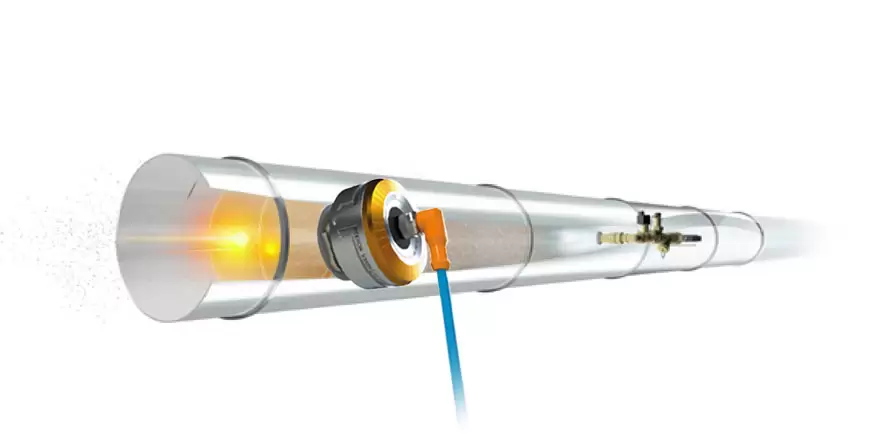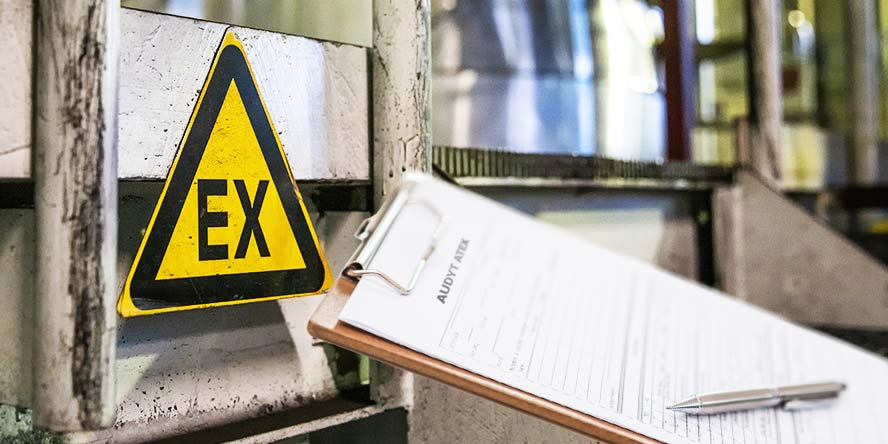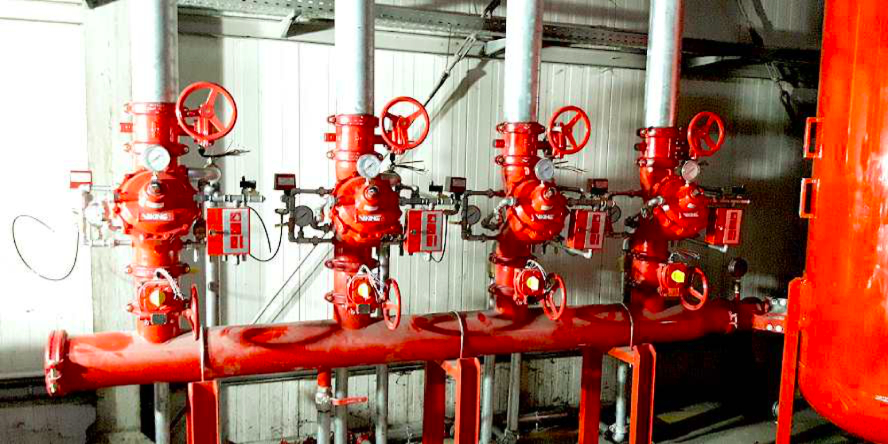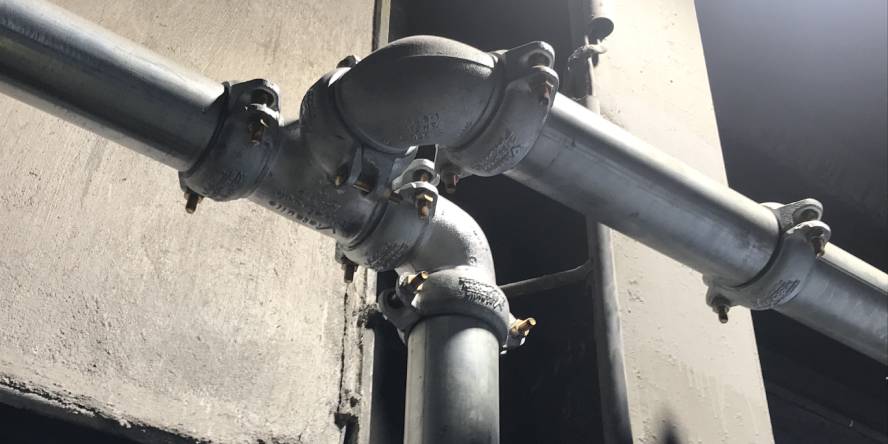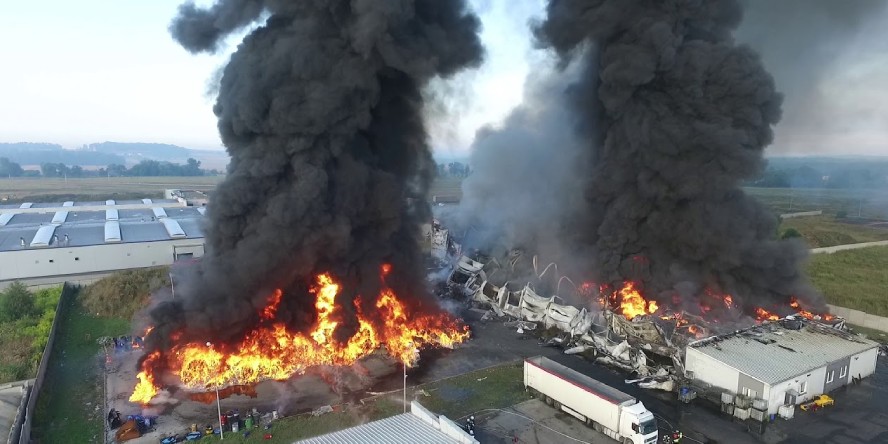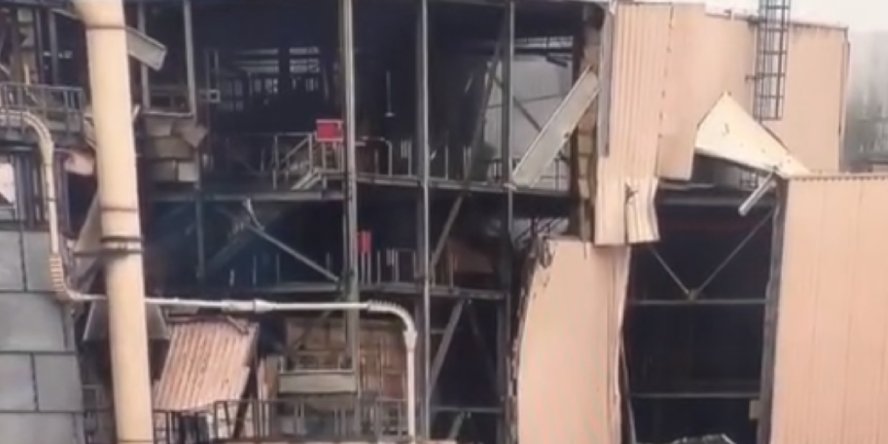Smouldering fire detection | fire detection system
We design and implement comprehensive fire detection and alarm systems for smouldering fires. These are usually applied in fire protection of belt conveyors, storage yards, dispensers and silos (power engineering, cement plants, incineration plants, wood and cellulose industry). The solution has been operating in hundreds of industrial plants, frequently as a replacement for the traditional smoke detection systems, which were not able to detect a smouldering fire, as they were not reacting, reacted to late or generated false alarms.
The system is capable of detecting the origin of fire before smoke and flames appear, which is much earlier than compared to the traditional detection systems. This enables effective reaction and limitation the potential losses to minimum, both those resulting from the fire and the building flooding as a result of the system reaction inadequate to the hazard present.
What we will do for you
Below we present a list of the work completed by us in relation to developing and implementing smouldering fire detection and alarm systems. Depending on customer needs we may implement all of the solutions or only the selected ones. We are also capable of providing fire detection and alarm systems based on other technologies, intended for industrial buildings and enclosed structures (offices, halls, warehouses, sacral buildings, etc.). Contact us if you are looking for another fire detection and alarm system.
FIRE-FIGHTING DOCUMENTS
The current regulations require that a fire safety plan and fire scenarios for the premises subject to fire hazard are prepared. They are basis for further works consisting in designing and implementing the fire alarm systems or complete fire-fighting systems. If no such documents have been prepared for the respective structures, we may start from preparing them..
- Fire safety plan – the document is required for buildings and their parts representing separate fire zones, intended for performing public utility functions, boarding house, production building, warehouse, livestock building, where hazard explosion zone is present, or:
- the gross cubic volume of the building or its part representing a separate fire zone exceeds 1,000 m3 (does not apply to livestock buildings),
- the gross cubic volume of a livestock building exceeds 1,500 m3,
- the fire zone area of a structure other than a building exceeds 1,000 m2.
- Fire scenarios – a fire scenario is a description of the sequence of the possible events during a fire, representative for the respective place of its occurrence or area of impact, specifically for a fire zone or a smoke zone, considering mainly the way of operation of fire-fighting equipment, utility or engineering equipment, as well as their joint operation and interaction, and also organisational solutions needed for the proper operation of the designed safety measures..
- ATEX documents – apart from the aforesaid documents, mainly in reference to industrial structure, our documentation department also prepares such documents as:
Explosion Hazard Zones Setting
- Explosion Hazard Assessment
- Explosion Risk Assessment
- Explosion Protection Document
FIRE DETECTION SYSTEM DESIGN
We design fire detection and alarm systems in consideration of the working conditions, specific requirements of the given building and fire scenarios provisions. In that we consider the nature of the building, the layout of equipment inside, the potential sources of ignition, dustiness, humidity, etc. Such factors affect the efficiency and flawless operation of the system, therefore, elimination of false alarms which may cause unnecessary losses (such as product flooding, system operation holding) is essential.
For that purpose, we precede design work with an audit and an interview, and in justified cases also with tests (verification of the system efficiency by controlled starting of a smouldering fire).
FIRE DETECTION SYSTEM INTEGRATION WITH OTHER SYSTEMS
When implementing a fire detection system, we integrate it with various safety and building automation systems. We also create visualisation, which we combine with the building or industrial system layout plans. This enables implementation of the assumed fire scenarios and managing the whole safety system in an efficient and intuitive manner.
The systems we integrate:
- explosion protection system (unique integration on the market)
- access control system
- voice alarm system
- smoke ventilation system
- fire lockout system
- fire dampers system
- lift system
- ventilation system
DELIVERY, INSTALLATION AND COMMISSIONING OF A FIRE DETECTION SYSTEM
With our installation group we are capable of performing tasks in a comprehensive manner, i.e. starting from preparing fire scenarios, through concept and design, and ending with delivery and installation of a smoke detection and ventilation system or a comprehensive fire-fighting system. In this way our customer may rely on a partner responsible for all of the implementation stages. Such solution may significantly facilitate the investment process, providing a guarantee that the final effect complies not only with the legal requirements but also the customer’s individual expectations.
Application of smouldering fire detection and alarm systems
Early fire detection, frequently before smoke and flames appear, which originates at conveyor belts, storage yards, as well as coal, biomass, alternative fuels and waste dispensers and silos. The system is dedicated to operating in heavy-duty industrial environments, particularly in high-dustiness and humidity conditions.
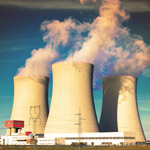
POWER ENGINEERING
- Detection of coal, biomass, waste, alternative fuels fires
- Detection of the origin of fire on belt conveyors
- Fire protection of coal conveyor galleries
- Fire protection of bunkers
- Fire protection of coal and biomass storage yards
- Fire protection of coal and biomass dispensers and silos
- Monitoring of equipment for overheating (elimination of the source of fire)
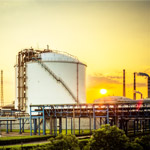
WOOD AND PAPER INDUSTRY
- Detection of coal, biomass, wood waste, alternative fuels fires
- Detection of fires on storage yards
- Fire protection of halls and warehouses
- Monitoring the temperature of machines and equipment for overheating (elimination of the source of fire)
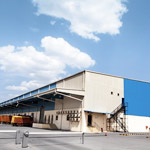
CEMENT PLANTS
- Detection of coal, biomass, waste, alternative fuels fires
- Fire protection of belt conveyors
- Fire protection of solid fuel storage yards
- Fire protection of silos
- Monitoring of equipment for overheating (elimination of the source of fire)
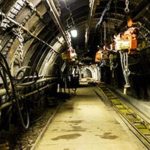
INCINERATION PLANTS AND LANDFILLS
- Detection of waste, alternative fuels, coal fires
- Fire protection of landfills
- Fire protection of transport routes
- Monitoring the temperature of machines and equipment for overheating (elimination of the source of fire)
Concept for early fire stages detection and alarm systems
The proposed fire detection and alarm system is designed based on three types of detectors which facilitate discovering fire gases, particles smouldering in the mass of product, or overheated equipment elements. In that way both the first symptoms of fire (usually before smoke and open fire appear) and the potential sources of ignition may be detected and reacted to. Such solution contributes to minimising the risk of fire or the risk of flooding a system as a result of inadequate system reaction to the possible hazard.
The signals from the detectors are analysed in real time with the use of smart software. The task of the software is to correlate and assess the signals coming from the particular detectors and eliminate the background effect. As a result, the system returns graphic information about the probability of fire and reacts after a limit value is exceeded.
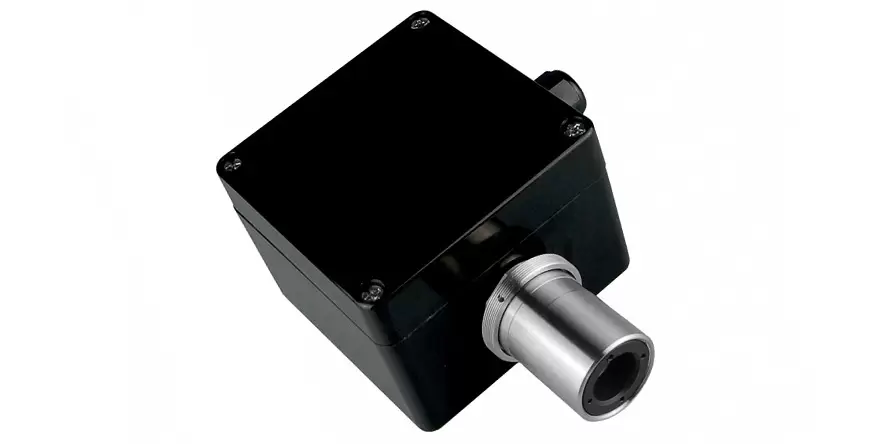
Fire gases detector
The classical fire detectors react to smoke or flame. The fire gases detector reacts at a much earlier stage, frequently when the fire does not yet present the usual symptoms in the form of smoke and fire. Thus, we gain valuable time needed for fire-fighting actions, which may save lives and property. In the fire detection and alarm systems we implement we use very sensitive multi-sensor detectors capable of detecting CO, H2, NO2 as well as hydrocarbons in quantifies as small as a few ppm. In need, the systems may be calibrated to other specific fire gases and adjusted to operate in explosion hazard zones.

Pyrometers
Such detectors are used to discover hot or smouldering particles in a mass of product or overheated equipment elements. That enables not only to increase the efficiency of the whole detection system but also to eliminate the potential sources of ignition. We are, therefore, capable of starting fire-fighting actions even before the first symptoms of fire occur. A typical application of the detector is monitoring, for example of belt conveyor engines, transmissions or rollers. The detector’s “eye” views a certain area, dividing it to smaller squares. Such solution allows to measure the temperature in each of the square separately.
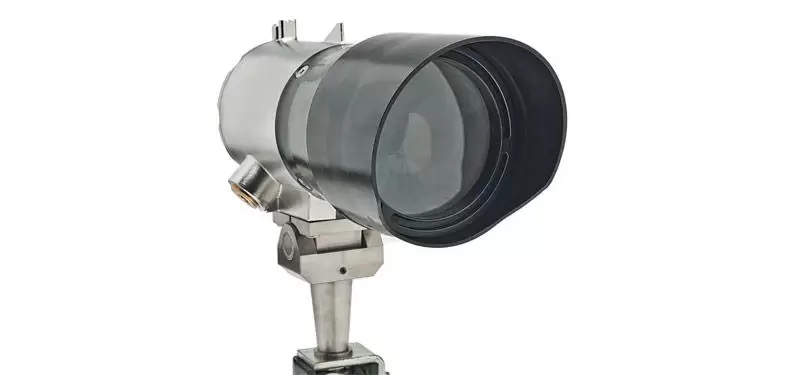
Laser CO2 detector
Such detectors help discover CO2 as soon as it enters the path of the laser beam. This means that the gas does not to come into contact with the very detector, which is a great advantage. For example, the laser detectors we use are capable of detecting CO2 from the distance of 100 metres. In this way, we may eliminate the influence of external factors such as wind, ventilation or draughts, for example, on the efficiency of detection. An equally important argument for the use of laser detectors is the possibility of limiting the total number of detectors within a fire detection system, which considerably lowers the system cost.






